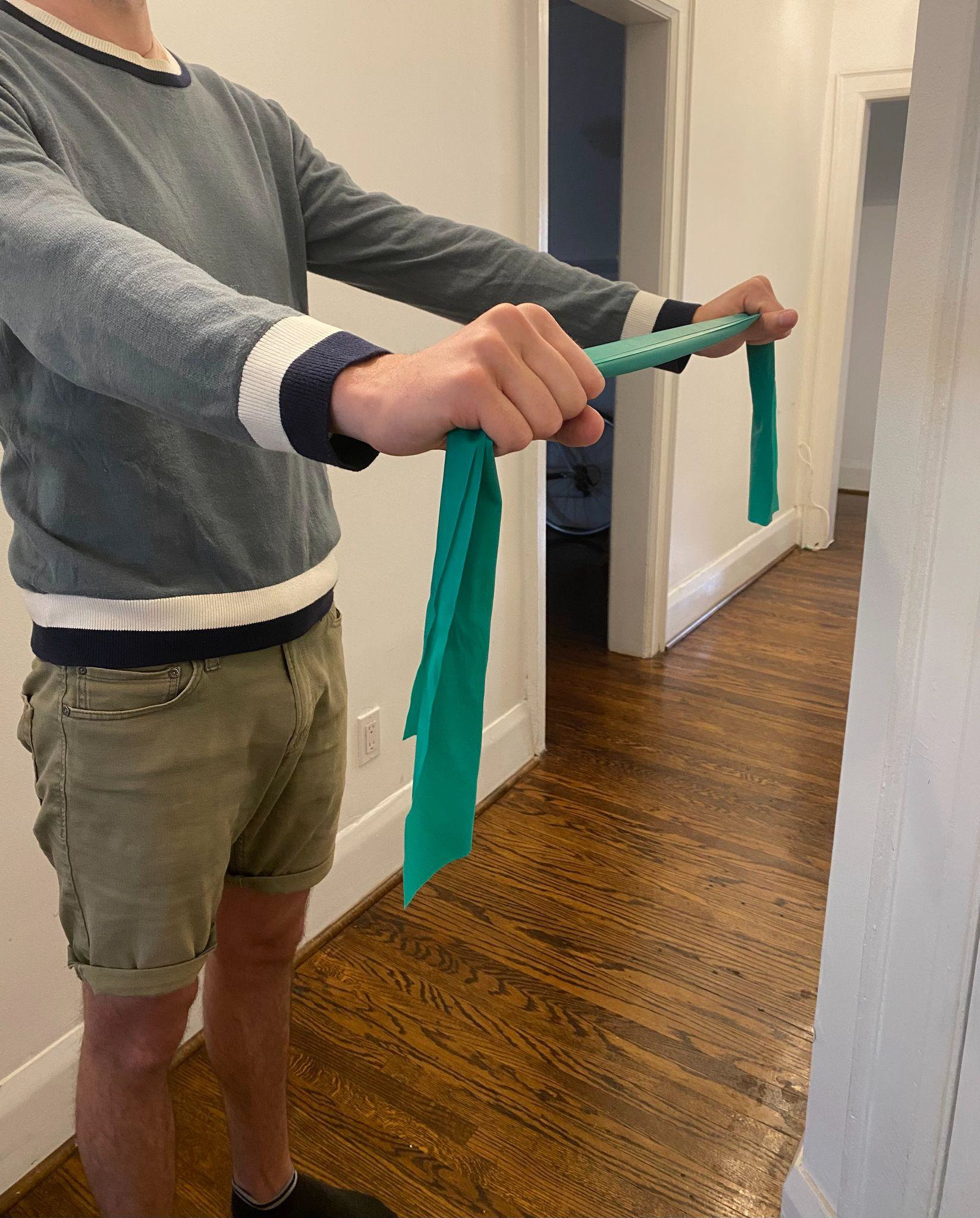by Brittany Kafka, Registered Physiotherapist
When it comes to keeping your shoulders healthy and pain-free, the rotator cuff often doesn’t get the attention it deserves. This group of four small muscles plays a vital role in stabilizing your shoulder joint, making it essential for everyday movements and overall shoulder health. Strengthening these muscles is crucial for improving your shoulder’s strength and stability and preventing common shoulder injuries.
The Role of the Rotator Cuff

Your rotator cuff consists of four muscles—supraspinatus, infraspinatus, teres minor, and subscapularis—that work together to keep the head of your upper arm bone (humerus) snugly in the shoulder socket (glenoid). They help with movements such as: lifting, rotating, and reaching, and they stabilize your shoulder during these actions. When these muscles are not as strong as we’d like, it can lead to instability, excessive wear and tear, and an increased risk of injuries and pain in the shoulder.
Three Key Exercises for Rotator Cuff Strengthening
1. External Rotation with Resistance Band


How to Do It
- Secure a resistance band to a door handle or stable anchor.
- Stand sideways to the anchor, holding the band with the arm farthest from it.
- Bend your elbow to 90 degrees, keeping it close to your body.
- Rotate your forearm outward, away from your body, and slowly return to the starting position.
2. Internal Rotation with Resistance Band


How to Do It
- Attach a resistance band to a door handle or secure anchor.
- Stand with your side to the anchor, holding the band with the arm closest to it.
- Bend your elbow to 90 degrees and keep it close to your side.
- Rotate your forearm towards your body, then return to the starting position in a controlled manner.
3. Scapular Retraction with Band


How to Do It
- Sit or stand with your back straight.
- Hold onto a band with your arms outstretched in front of you.
- Pinch your shoulder blades together, and pull your arms apart, holding for a few seconds.
- Slowly release and repeat.
Next Steps for Shoulder Health
Incorporating these exercises into your routine can significantly enhance your shoulder stability and reduce the risk of injuries. Aim to perform these exercises 2-3 times a week for 10-15 repetitions, gradually increasing the resistance as you get stronger.
Strengthening your rotator cuff is a proactive step towards maintaining shoulder health and preventing injuries. Start these exercises today and keep your shoulders strong, stable, and injury-free!


